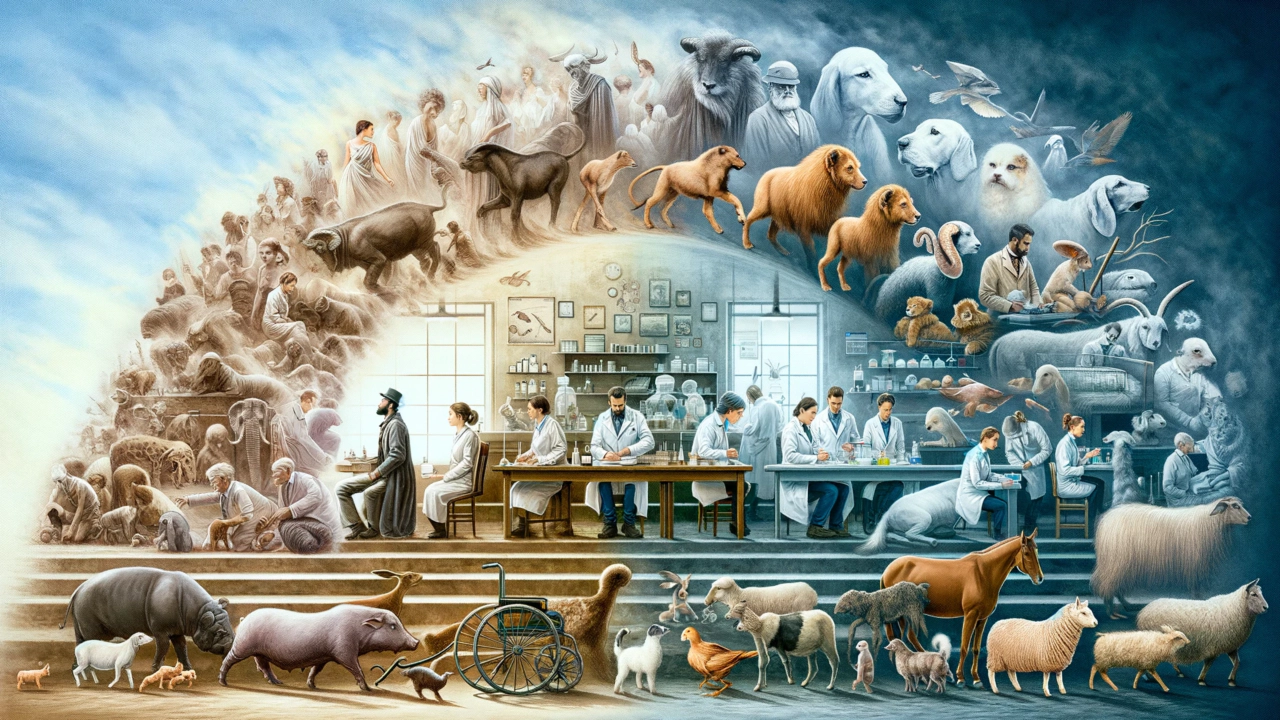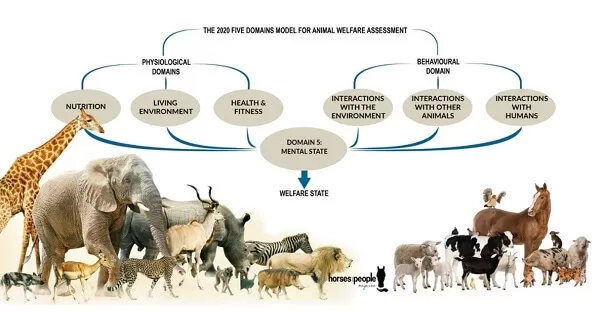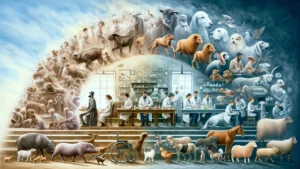Animal welfare has become an increasingly prominent concern in recent decades, but what are the origins of this concept and field of study? This article traces the animal welfare thought, the emergence of formalized animal welfare science, key ethical debates, and why evidence-based welfare indicators and protections matter for humans and non-humans alike.
Key Takeaways
- Animal welfare only recently emerged as a formal area of ethics and policy
- Debates center on moral consideration for animals and their capacity to suffer
- Welfare science informs law and consumer choice via objective well-being metrics
- There are strong self-interested reasons beyond empathy to ensure good standards
- But putting principles into practice remains complicated by ethical ambiguity and necessary tradeoffs
Early Animal Welfare Ideas and Advocacy

While philosophical ideas about animal sentience and our potential duties to other creatures dates back thousands of years to Pythagoras, the organized push for legal animal protections only emerged in the 19th century.
In the 1700s, utilitarian philosopher Jeremy Bentham famously argued that the capacity to suffer, not intelligence, should govern moral consideration, writing: “The question is not, Can they reason? nor, Can they talk? but, Can they suffer?”
The world’s first national animal protection laws emerged in the UK in 1822. The Royal Society for the Prevention of Cruelty to Animals (RSPCA) formed in 1824. These milestones helped cement welfare as a public issue.
Animas as Sentient Beings - Growing Recognition
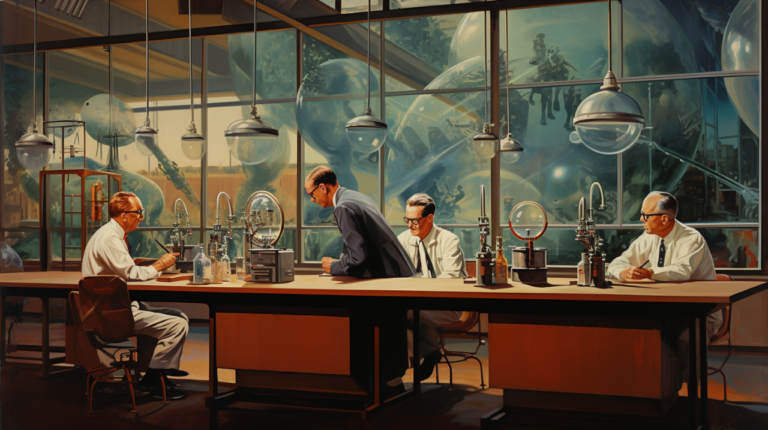
While caring for domestic and working animals dates back generations, animal welfare only emerged as a scientific discipline in the mid 20th century.
In 1965, the UK government commissioned the Brambell Report which examined poor welfare issues in modern livestock farming, leading to the pioneering Five Freedoms framework as well as new regulations. This governmental action signified formal recognition that farm animal health required evidence-based understanding.
The concept of animal sentience – the capacity to have subjective experiences and feelings – also became more established scientifically. In 2012, a group of prominent scientists signed the Cambridge Declaration on Consciousness, stating:
“The absence of a neocortex does not appear to preclude an organism from experiencing affective states. Convergent evidence indicates that non-human animals have the neuroanatomical, neurochemical, and neurophysiological substrates of conscious states.”
So in other words, even animals quite different neurologically from humans appear capable of conscious perception and suffering.
Animal Rights vs. Animal Welfare - Where is the Debate?

There is considerable overlap between animal rights and animal welfare perspectives, but also important divergence.
Animal rights positions as espoused by philosophers like Tom Regan assert inherent equality between human and non-human animals. This leads to strong opposition to any animal use by humans, regardless of welfare impact.
In contrast, animal welfare allows for the ethical use of animals provided high standards of treatment are maintained. Better welfare can thus be seen as a moderate compromise position.
Philosophical disagreements aside, public opinion also plays a key role. 94% of Americans polled by Gallup in 2018 said they support requiring humane treatment of farm animals. However, only 29% supported banning all animal testing. In other words, American public attitudes are more oriented towards strong welfare regulations than fully ending animal use.
What Constitutes Good Animal Welfare in Science and Practice?
So what defines good welfare in scientific terms? Key principles include:
Freedoms from hunger, thirst, discomfort, pain/disease
Freedoms to express normal behaviors
Minimizing negative emotional states like fear while allowing positive ones like pleasure.
Good welfare enables animals to exert control over their environment and engage species-specific activities they are motivated to perform.
Objective physical health metrics like growth rate or injury incidence can offer measurable insight. But self-reported measures of subjective well-being are also increasingly recognized as important by researchers.
Why Good Animal Welfare Matters

There are certainly ethical arguments around duties to sentient creatures. However, self-interested reasons also help explain rising societal concern:
Food Security
Poorly raised animals pose greater human health hazards from pathogen spread or antibiotic overuse. Allowing natural behaviors improves quality. For example, cage-free hens have been found to produce eggs with higher beneficial omega-3 fatty acid levels.
Climate Change & Environmental Degradation
The UN FAO estimates livestock supply chains generate 7.1 gigatonnes of CO2e annually, contributing significantly to climate change. Welfare-oriented approaches like free-range cattle grazing can support ecological sustainability.
Public Health
Over 70% of emerging infectious diseases are zoonotic with animal origins. Largely unregulated wildlife trade serves to spread novel pathogens globally. Improved farm biosecurity and reduced contact between humans, livestock and undomesticated populations can cut pandemic risks.
Social Issues
Links exist between cruelty towards animals and human violence – aggression towards pets strongly predicts domestic abuse and trauma in children. More humane attitudes can support compassion towards vulnerable people.
So in multiple ways, poor animal welfare also negatively impacts human systems – it is societally and economically unsustainable even putting aside ethical debates.
Current Landscape and Key Welfare Challenges
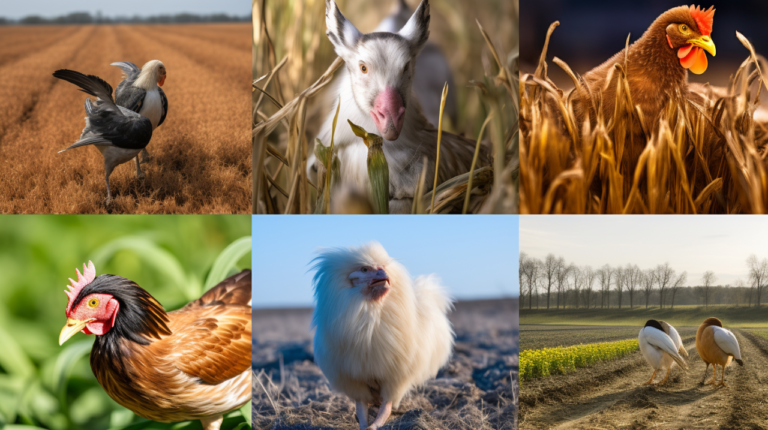
Significant animal welfare issues under debate today span diverse settings:
Farming: Confined housing of pigs, calves and hens causes physical issues like lameness and emotional ones like boredom depriving natural behaviors. Common agricultural mutilations like debeaking also raise welfare questions.
Research: Regulations require lab animal distress minimization. However, over 23 million living vertebrates are used by EU institutions alone annually – so volume remains an issue. Questions around necessity and alternatives persist.
Wild Populations: Entertainment facilities like SeaWorld have phased out captive orca shows due to shorter lifespans and publicity around psychological harm. But attractions featuring marine mammals, elephants and tigers continue operating despite modern understanding of species needs.
Companion Animals: Pet overpopulation drives euthanasia of millions of cats and dogs globally each year. Feral colonies experience hunger, disease, inter-animal violence and conflict with wildlife. Progress around spay/neuter campaigns and adoption is uneven worldwide.
Transport and Slaughter: Long distance transport and stressful slaughterhouse conditions negatively impact millions of farm animals during final days. Debate continues around policies like mandatory stunning to minimize fear and pain.
So in various settings, animals still endure circumstances that science confirms as severely compromising for welfare – even as ethical standards and evidence-based oversight improves gradually in many areas.
Towards More Compassionate Coexistence
While philosophical positions on precise parameters vary, global values continue shifting towards accepting animals as sentient beings whose welfare warrants consideration where under human control or impacted by anthropogenic change.
Actually enacting this principle poses complex practical challenges requiring tradeoffs given needs for food, biomedical advancement, ecological balance, and responsible stewardship. However, an evidence-based approach measuring impacts on well-being can help inform difficult political and consumer debates.
Overall there are grounds for optimism that continued progress in recognizing the sentience and behavioral needs of both wild and domesticated animals will lead to more ethical coexistence despite tensions around conflicting priorities. But much work remains to translate sentiment into binding improvements for the billions of creatures affected by human-animal interdependence.
Frequently Asked Questions
1. What is the concept of animal welfare?
The concept of animal welfare refers to the well-being of animals, encompassing both their physical and mental health. It addresses the ethical treatment and quality of life of animals in various contexts, including laboratory animal research, companion animal care, and farm animals management.
2. How has the history of animal welfare evolved over time?
The history of animal welfare has seen significant developments. Initially focused on the prevention of cruelty to animals and the promotion of animal health, it has expanded to encompass broader ethical considerations, such as the prevention of cruelty to animals and recognition of animal sentience.
3. Who are some notable figures in the animal rights movement?
Individuals such as Peter Singer have become prominent advocates in the animal rights movement, contributing to the ethical discourse and promotion of better treatment for animals.
4. What role do scientific evidence and animal welfare science play in animal welfare?
Scientific evidence and animal welfare science have played crucial roles in shaping our understanding of animal behavior, animal health, and the impact of various practices on animal welfare. They have informed policies and initiatives aimed at improving animal care and well-being.
5. How has the welfare of farm animals been addressed historically?
The historical treatment of farm animals has involved a shift towards greater consideration for their animal welfare, prompted by concerns about animal suffering and the ethical implications of animal production and animal agriculture.
6. What organizations have been pivotal in promoting animal welfare?
Bodies such as the World Organisation for Animal Health and the Farm Animal Welfare Council have worked to improve animal welfare standards and policy frameworks globally, influencing practices related to the welfare of animals and the use of animals.
Sources
https://philpapers.org/rec/REGARH
https://www.ncbi.nlm.nih.gov/pmc/articles/PMC5082305/
https://www.worldbank.org/en/topic/agriculture/brief/moving-towards-sustainability-the-livestock-sector-and-the-world-bank
https://www.fao.org/home/en

